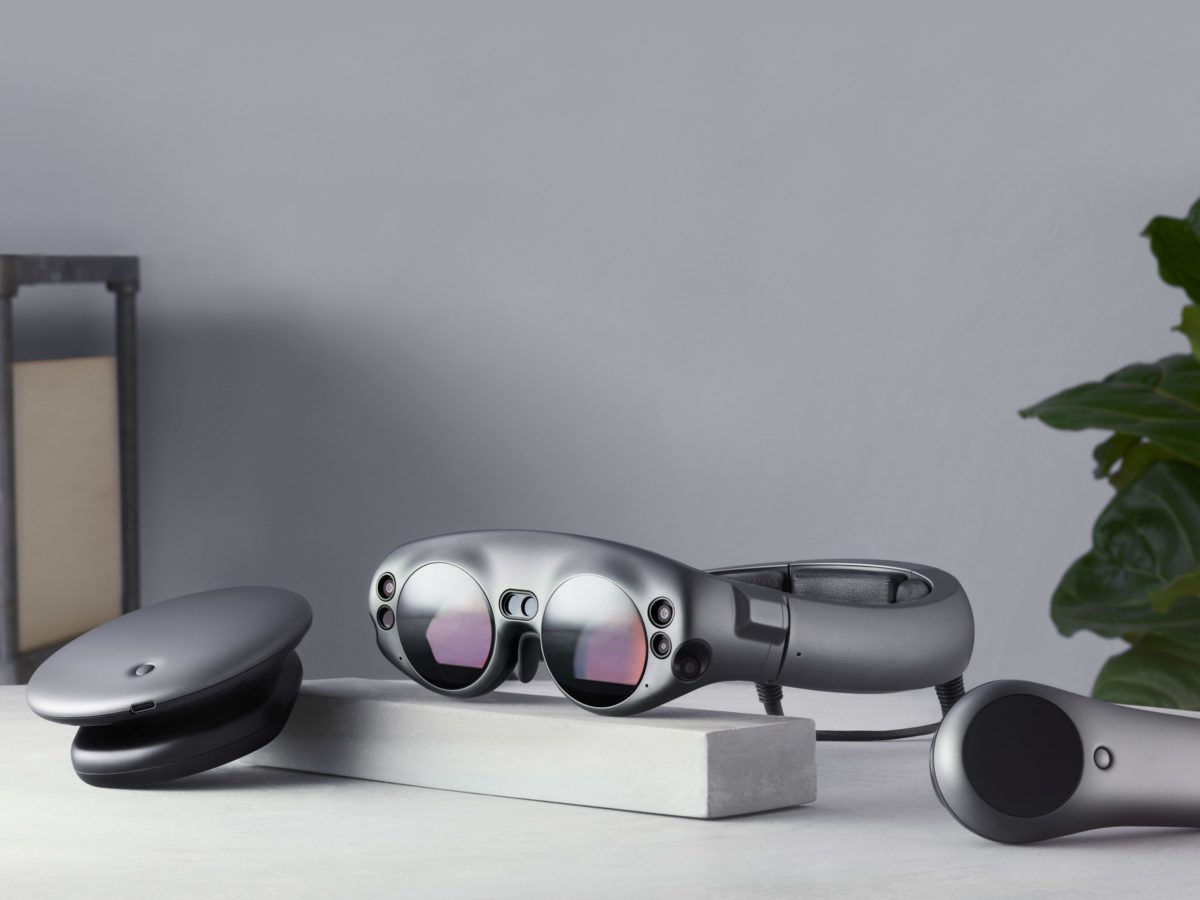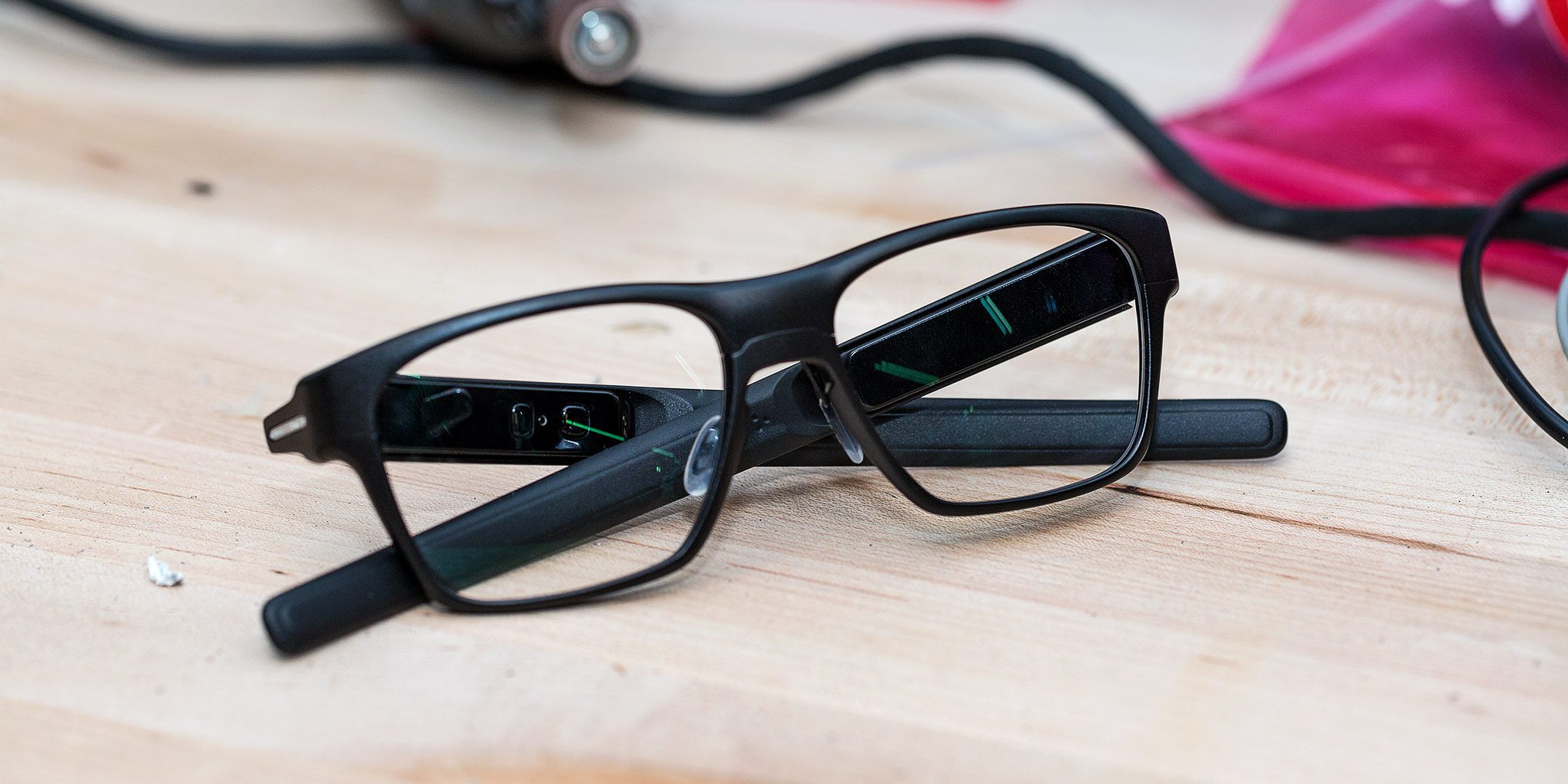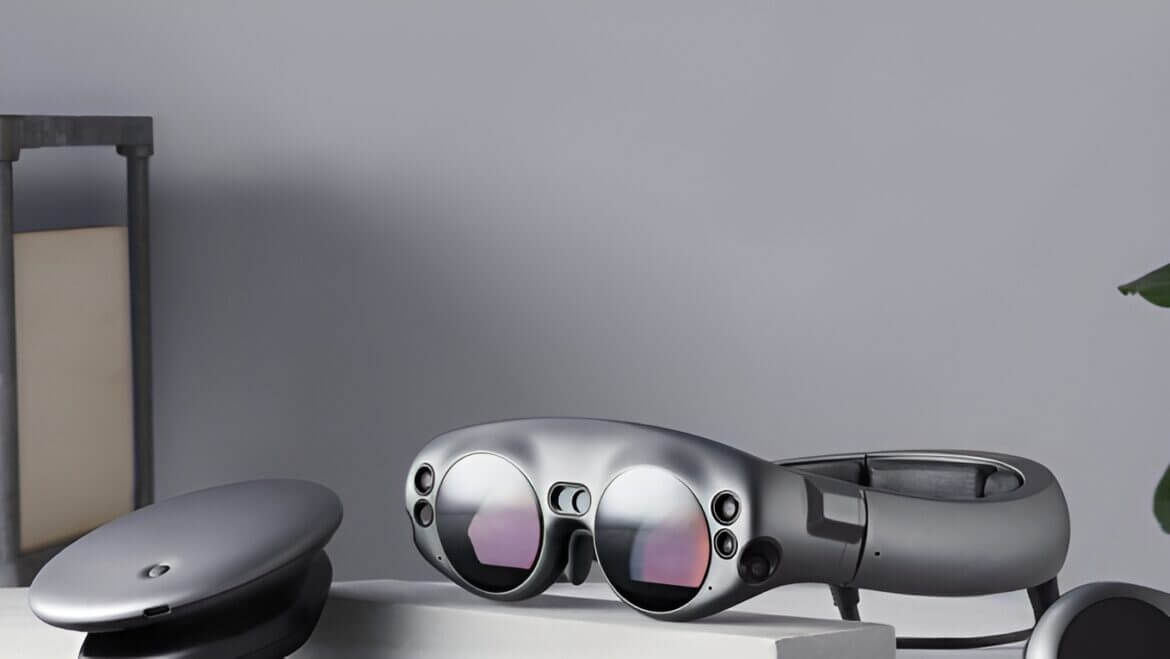On January 9th, 2007, Apple and it’s visionary CEO, Steve Jobs, announced at the Macworld Conference & Expo the biggest leap that mobile phones have ever experienced. CNET’s iPhone 2G review bottom line read: “the Apple iPhone sets a new benchmark for an integrated cell phone and MP3 player” (the review can be read here). This device definitely changed the way the world saw and used mobile phones. Afterwards, many other companies have launched smartphones and integrated various functionalities but the biggest leap is attributed to the iPhone.
Every year, we see new and improved versions of smartphones hoping to be the next big leap. So far, nothing else has changed – smartphones have better and larger screens, more CPU power, more memory, but the main idea behind them remains the same. Smart watches seemed to be at one point the next big leap, but so far, they proved to be more or less just another accessory of the smartphone.
Begin Your Digital Transformation Journey
Customized Strategies to Lead Your Business into the Digital Age
Explore Digital TransformationIn this fast pace world we’re living in, we need information to be accessible a lot easier. Reaching for the 5.5” phone, holding it and writing on it require time, and in many situations, this is impractical. Wouldn’t it be nice to receive a phone call and see who’s calling without taking your eyes off the road? Or maybe see the map augmented over the image of the road? Imagine that you are on a vacation and you could have points of interest highlighted and even some information about them projected via your device. Our main senses, visual and auditory, are not effectively used by our smartphones, but they are by Smart Glasses.
Smart Glasses, nowadays, do more than just take pictures and relay them to our smartphones. They have integrated CPUs, bluetooth and WiFi connectivity, GPS modules, motion sensors, ear pieces or use bone conductivity to playback sounds, and use projection cameras or mini displays. With Smart Glasses, we will be able to see who’s calling without interrupting our current activity. When traveling, we can have navigation and details on the points of interest in our field of vision. There will be no need to reach for the smartphone. Smart Glasses will provide a completely different experience, well adjusted to our human physiology.

Probably the major change that Smart Glasses will introduce – we use future tense because most Smart Glasses are in the experimental or development phase – is Augmented Reality. Probably many of us would like to be able to manipulate 3D models as Tony Stark does in the Iron Man movie: Meta Glasses can do exactly this.
At least for the moment, the Smart Glasses industry appears to be focusing on Augmented Reality. AR stepped into the spotlight of many IT companies like Google and Apple – both providing powerful tools through their SDK for mobile app developers. Possibly one of the most promising Smart Glasses (even though their device is mostly a head-mounted virtual retinal display) is Magic Leap One. This device superimposes 3D objects over real-world imagery. To do so, it uses a puck shaped computer and a pair of Smart Glasses.

Bose revealed gesture controlled audio AR Smart Glasses at the South by Southwest conference in Austin this year. Bose’s Smart Glasses are an audio-first AR device. The device has a tiny speaker that can relay commands into the wearer’s ear and built-in motion sensors that can tell which way the wearer is facing.

Intel also entered the game of Smart Glasses with their prototype called Vaunt. They are probably the most fashionable ones released to date – and we need not forget that wearables are about fashion as well and probably this aspect will be a hard selling point for Smart Glasses. Vaunt will project notifications using a low-intensity laser directly on the peripheral area of the user’s retina in order not to impair sight. It will connect both to iOS and Android and work in pretty much the same way as a smartwatch.
Some practical applications for Smart Glasses
The gaming industry. As you probably have guessed, one of the applications of the smart glasses will be in gaming. The Smart Glasses will provide an easy and fashionable way to provide an AR gaming environment for players.
Augmentation of mobile phone’s features. Even though mobile handheld devices have become more powerful and have better displays, the most ergonomic way to display information will be directly to the user’s retina in an augmented reality fashion. Reading texts, video communication, even searches on Google will be done in a more ergonomic way by making use of Smart Glasses technology – we just have to wait a little while longer for them to have extremely reliable support for voice commands.
Smart Glasses in healthcare. Surgery has become more reliant on computers because they improve both speed and success rates of operations. Smart Glasses will help doctors even more in the future. Vital Enterprises is a company that provides AR solutions for technicians and doctors. The healthcare industry in general will benefit from AR devices, especially Smart Glasses.
Education. Education and learning will benefit from the use of Smart Glasses and Augmented Reality. Case Western Reserve University and Cleveland Clinic used 3D models in a trial to teach anatomy to students. The device enables students not only to see the anatomical structures in 3D but also to work on holographic mannequins and interact with them.
In conclusion
The miniaturisation of electronics, advances in both processing and image retinal projection, a bit of fashion sense, ergonomics and integrations with other devices made possible the next big leap in mobile technology – the Smart Glasses. The adoption of such devices will also be encouraged by the fact that according to the Vision Council of America, about 75% of the world’s adult population uses vision correction products, 64% of whom already wear glasses.
IT Consultancy Designed Around Your Business Objectives
Expert Guidance to Optimize Your Technology Strategy
Discover IT Consulting









